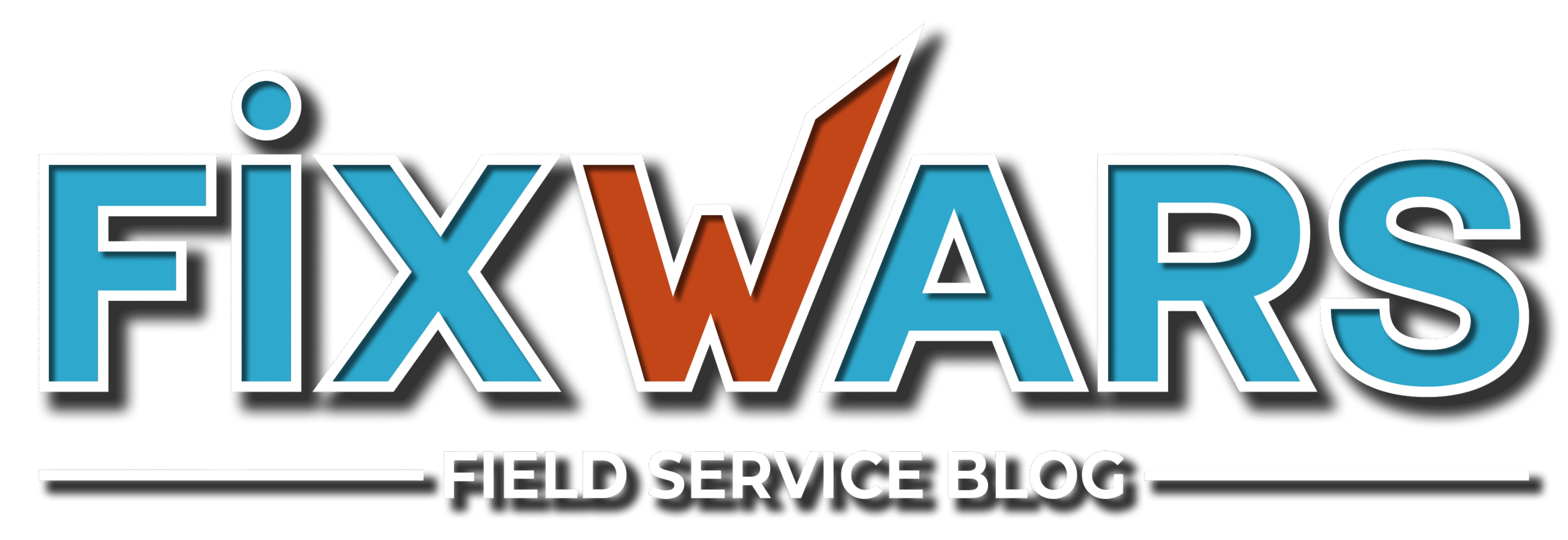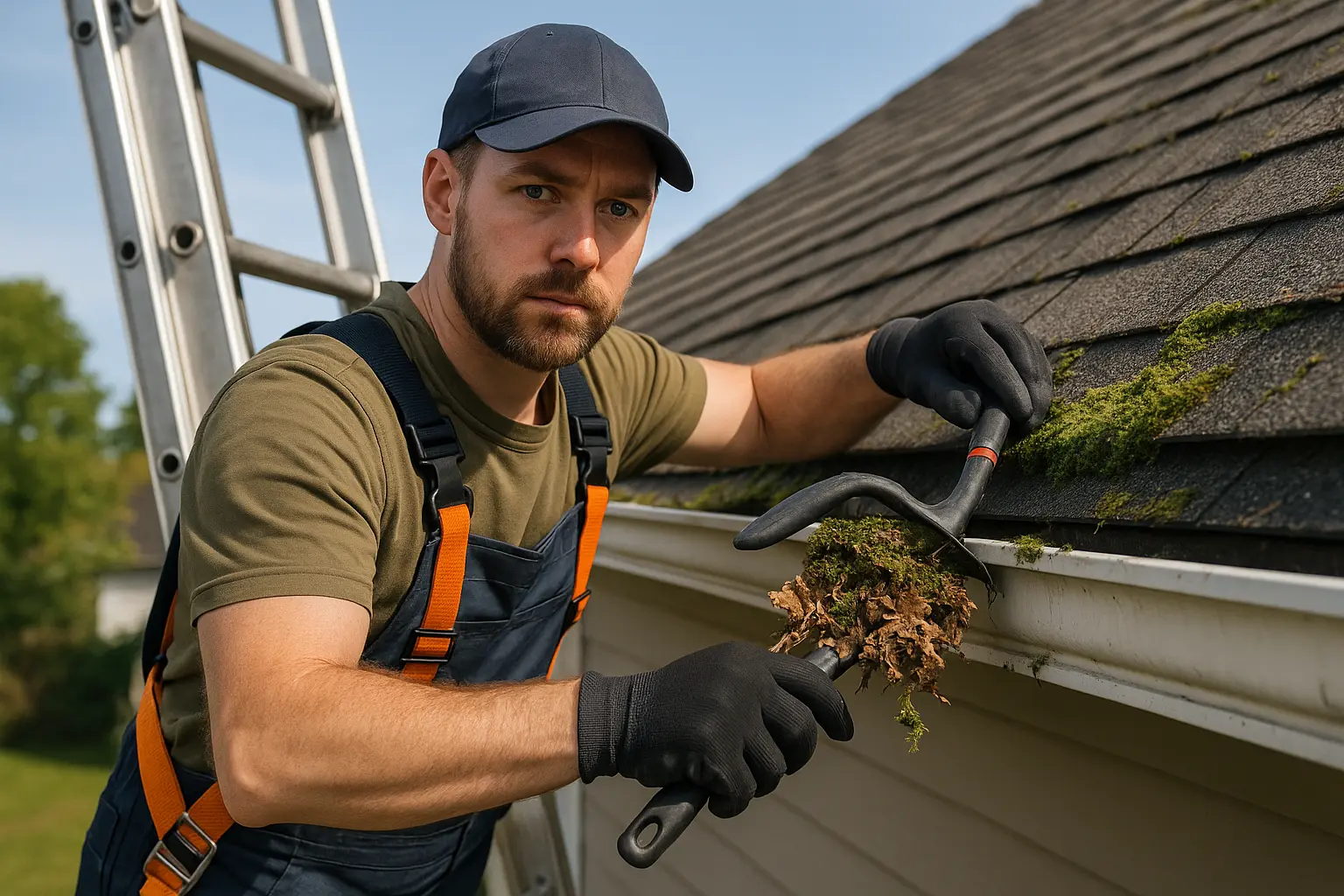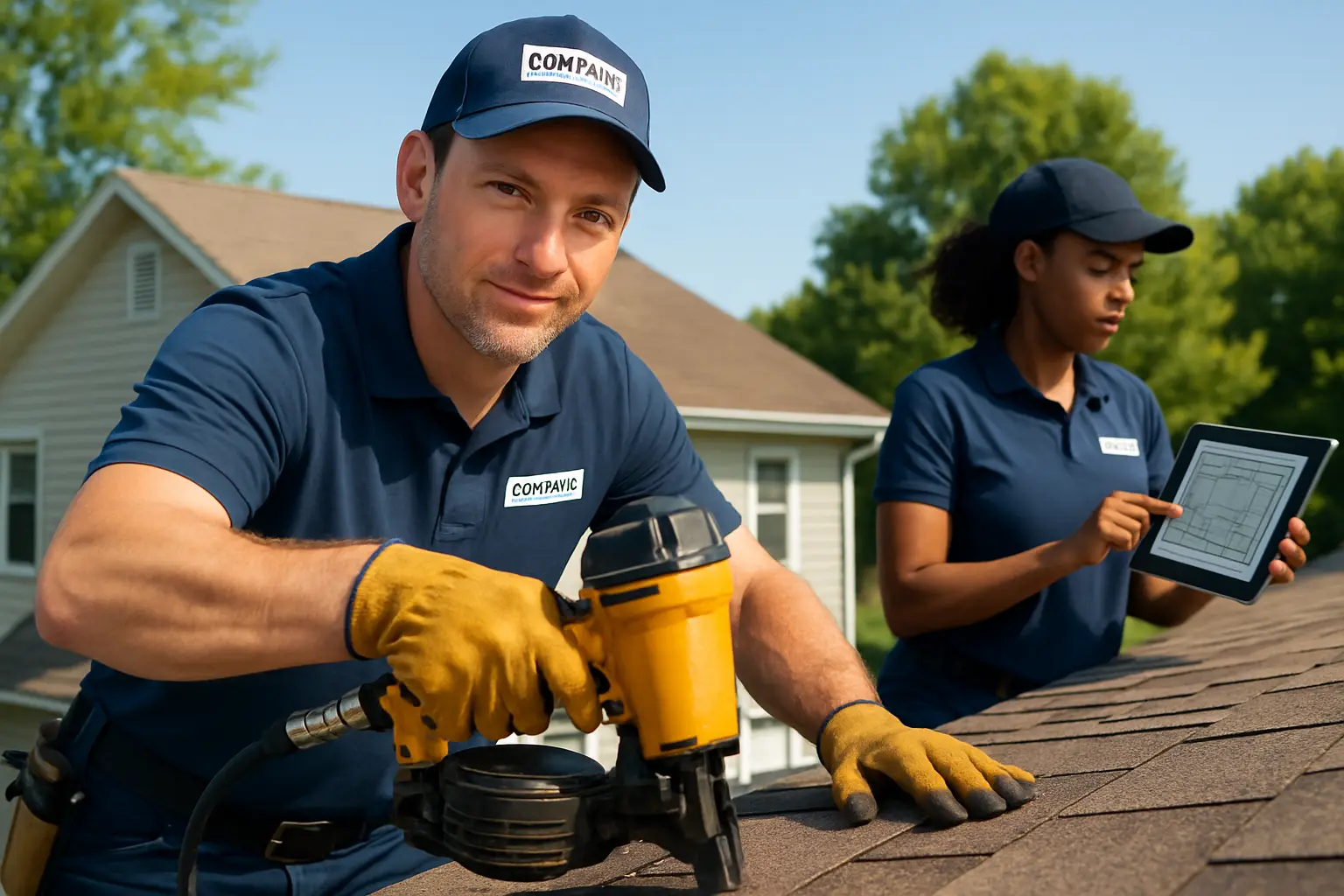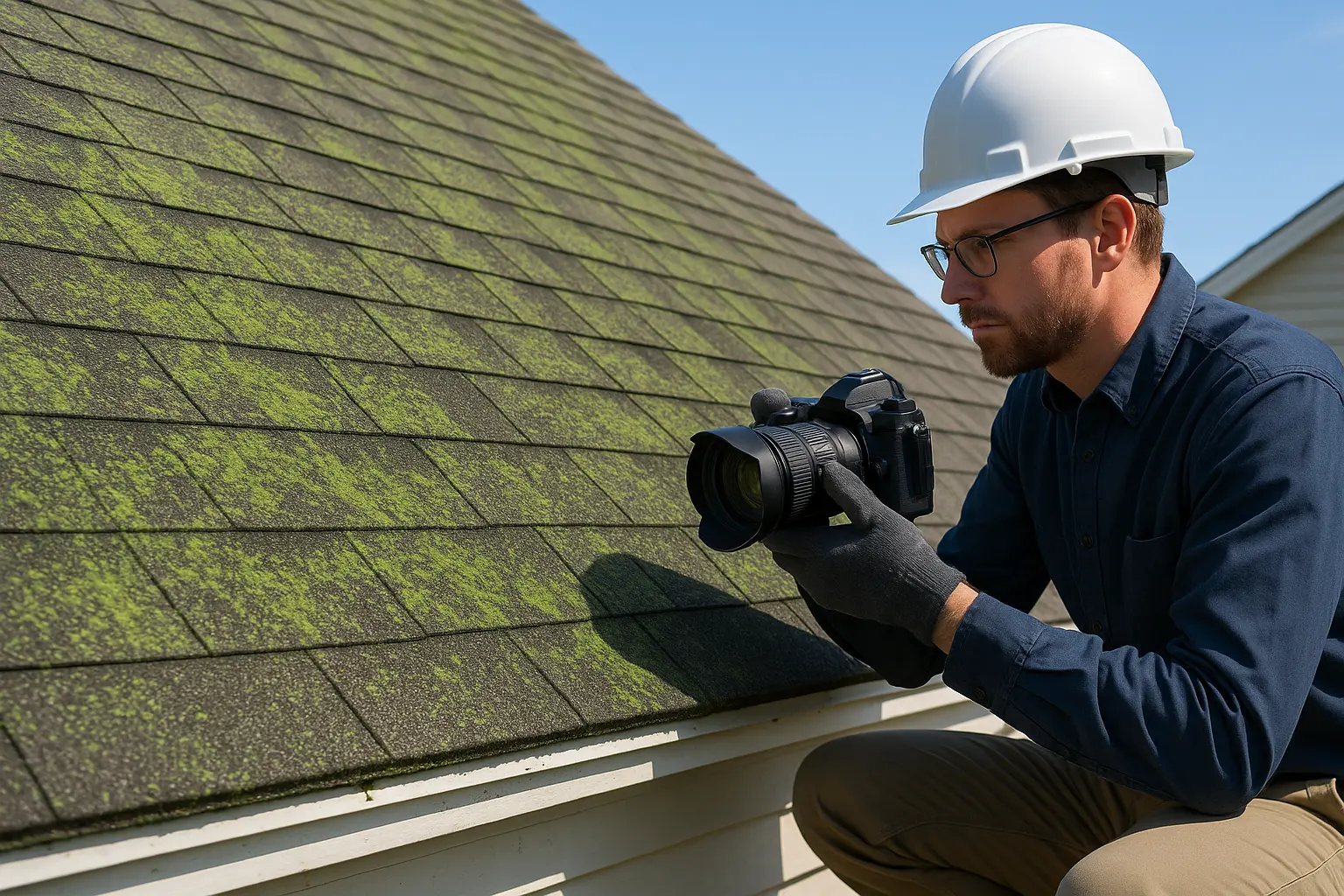Expert Roof Maintenance: Moss Removal and More
Keeping your roof and gutters in top shape is a must for any homeowner. Over time, the elements – wind, rain, and falling debris – can leave behind unwanted buildup that might seem harmless at first but eventually paves the way for water leaks and structural damage. When you skip regular maintenance, accumulated debris, algae, and even mold can start to break down your roofing materials. Regular care not only cuts repair costs but also boosts the life span of the features that protect your home. Integrating routine moss removal into your maintenance plan is a key strategy, ensuring that your roof cleaning efforts are both thorough and efficient.
Before you set out with your cleaning supplies, know that cleaning your roof and gutters is a multi-step process. This guide breaks down each stage—from detailed inspections and choosing the right equipment to cleaning approaches, seasonal tips, and safety tips. Read on for clear, practical advice peppered with real-life comparisons and examples that explain why every step counts towards preserving your home’s integrity.
Roof Cleaning Essentials and Preventive Care
Moss Removal Essentials: Tools and Preparation
Your first task is to inspect the roof carefully. Begin by surveying the entire surface. Look for missing or broken shingles, curling edges, and any signs of wear like water stains or sagging areas. While it might seem like a minor issue, neglecting even a single flaw can allow moisture to seep under the shingles, causing decay over time. This is why incorporating scheduled moss removal into your routine is so important to reduce roof cleaning challenges later on.
Experts suggest performing a roof inspection at least twice a year, ideally after harsh weather conditions such as heavy rain or strong winds. Keep detailed records with photos and notes in case you need to consult a professional later. In some cases, when damage appears widespread or if your roof shows clear signs of stress, bringing in a seasoned roofer with infrared tools might be the safest bet.
By catching small issues early—such as areas where moss removal can help deter growth—you save yourself a lot of trouble and expense. Routine roof cleaning, which includes a focus on removing moss, acts as a preventive barrier against further damage, ensuring your home looks neat and stays structurally sound.
Gutter Maintenance and Seasonal Care
Strategic Cleaning: Timing and Equipment
Gutters do a fantastic job of channeling water away from your home, but clogged gutters can be a nightmare. The best time to clean them is during seasonal transitions like spring and fall. In spring, fresh growth and pollen, combined with early leaf drop, can lead to blockages. In fall, the heavy leaf fall and organic debris quickly build up. Scheduling your gutter cleaning in these seasons cuts down on water backup and leaks, while also reducing the chances of ice dams in winter.
When planning your cleaning session, consider the impact of seasonal factors on your maintenance routine. Effective moss removal isn’t just for roofs; it plays a role in keeping gutters free from clogs as well. Every time you flush out your gutters with a garden hose set to low pressure, you help prevent sediment buildup. The right equipment—like a sturdy ladder with proper safety features, heavy-duty gloves, and a scoop or specialized gutter tool—can make all the difference in how well your gutters perform.
For those hard-to-reach spots, using extension poles or telescopic tools ensures safe and effective cleaning. There are even modern solutions that use suction or extendable wands to power through stubborn debris. No matter which method you choose, focus on combining traditional cleaning practices with periodic moss removal to keep both your roof and gutters running efficiently.
Eco-Friendly Cleaning Solutions and Safety Precautions
Smart Practices for Moss Removal and Roof Cleaning
Modern homeowners are increasingly choosing eco-friendly practices for maintaining their property. When cleaning your roof and gutters, it pays to use solutions that are gentle on the environment. Start with a mild blend of water and a gentle detergent or even natural ingredients like vinegar and baking soda. These mixes can effectively tackle mold, mildew, and, crucially, help with moss removal without harming your plants or local water systems.
Remember, selecting low-pressure methods is essential. High-pressure water can push moisture beneath the roofing material, causing leaks or even dislodging shingles. By letting nature work its course and complementing it with regular moss removal, you are embracing an effective roof cleaning routine that protects the delicate parts of your home.
Safety is just as important as technique. Ensure you have non-slip shoes, a secure ladder, and protective gear such as gloves, safety glasses, and a hard hat before you start. A fall prevention kit, including a harness and anti-slip ladder treads, can reduce the risk of accidents immensely. Investing time in proper moss removal along with roof cleaning safeguards you against hazardous mishaps while reinforcing the overall durability of your roof.
Weather, Professional Help, and Long-Term Benefits
Preparation and Decision-Making for Moss Removal Projects
Weather conditions are a major consideration when planning any roof or gutter work. Choose days when the weather is dry, the temperatures are mild, and wind is minimal. Working in tempestuous weather can be dangerous and counterproductive. If the forecast calls for rain or windy conditions, it’s best to postpone. Keeping a flexible schedule helps you capitalize on calm days that are ideal for both cleaning and focused moss removal.
If your home’s roofing system is complex—with steep slopes or delicate materials—or if you notice extensive buildup or damage during your inspection, it might be time to seek professional assistance. Professionals have the right tools and expertise to manage difficult tasks safely. Their services might include advanced cleaning techniques that combine safe water usage with thorough moss removal.
Using professionals can save you a lot of heartache when dangerous conditions or extensive repair needs arise. In many instances, a professional cleaning service can perform both roof cleaning and moss removal in a way that’s not only efficient but also environmentally responsible. Keeping these professionals on call means you can focus on routine maintenance until a serious issue is detected.
Conclusion: Building a Strong Home through Routine Maintenance
Maintaining a clean roof and well-functioning gutters forms the backbone of good home care. When you incorporate regular cleaning practices and schedule periodic moss removal, you not only prevent water damage but also reduce the risks of mold and decay. Your roof cleaning routine – alongside effective moss removal – works hard to divert rainwater safely away from your home’s foundation and other vulnerable structures.
Adopting the strategies outlined here—in-depth inspections, using the right tools, gentle cleaning techniques, following seasonal cleaning schedules, and careful safety measures—creates a strong defense against costly repairs. Whether you decide to tackle the job yourself with the proper tools and gear or opt for professional help, remember that a structured maintenance plan offers long-term savings and peace of mind.
Ultimately, a consistent routine that includes scheduled moss removal is an investment in your home’s durability and beauty. A robust roof and gutter system significantly enhance your property’s overall health while shielding it from the challenges posed by nature. Embrace these practices today for a safer, more enduring home tomorrow. Remember, effective moss removal is a cornerstone of responsible home care.
By combining these approaches and keeping up with routine checks, you protect your home from unexpected issues and safeguard your investment for many years to come.





